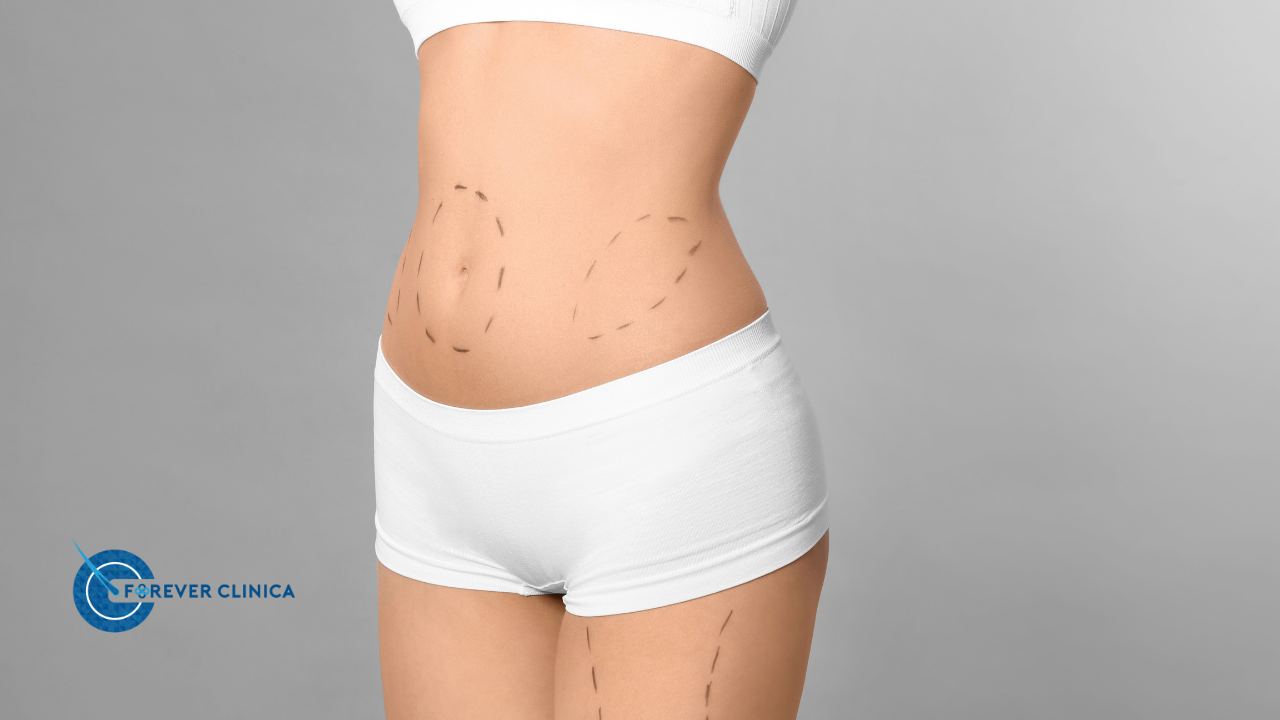Thigh lift surgery is one of the significant solutions offered by aesthetic surgery. Performed to correct sagging caused by extreme weight loss or the aging process, this procedure provides individuals with a more youthful and healthy appearance. In this article, we will explore the details of thigh lift surgery, including the process, recovery period, and important considerations.
What is a Thigh Lift and How is it Performed?
A thigh lift, also known as thighplasty, involves the surgical removal of excess skin and fat from the inner and outer parts of the thighs. The aim of this operation is to give the legs a tighter and more contoured appearance. Typically performed under general anesthesia, this procedure not only addresses aesthetic concerns but also helps resolve functional issues.
How Long Does a Thigh Lift Surgery Take?
The duration of the surgery can vary depending on the patient’s condition and the extent of the procedure. On average, a thigh lift surgery takes between 2 to 4 hours. During this time, the surgeon removes excess skin and fat, resulting in a more toned appearance of the legs.
What Causes Thigh Sagging?
The main causes of thigh sagging include extreme weight loss and the aging process. After significant weight loss, the skin may lose its elasticity, leading to sagging. During the aging process, the skin naturally loses its elasticity, and sagging can occur due to the effects of gravity. Genetic factors may also play a role in thigh sagging.
How Long Does It Take to Recover from a Thigh Lift?
The recovery process can vary from person to person, but generally, normal activities can be resumed within a few weeks. It is important to rest during the first few days and follow the doctor’s instructions to accelerate the healing process. Keeping the surgical area clean and minimizing the risk of infection are crucial during recovery.
Will a Thigh Lift Leave Scars?
As with any surgical procedure, there is a risk of scarring with thigh lift surgery. However, procedures performed by experienced surgeons typically leave minimal scars. The surgeon may place incisions in skin folds or hidden areas to reduce the visibility of scars. Using recommended creams and protecting the area from the sun can help minimize the appearance of scars during the healing process.
Which Doctor Should You Consult for Extreme Weight Loss?
Individuals who have experienced extreme weight loss are advised to first consult a nutritionist or endocrinologist. These specialists can determine the cause of the weight loss and suggest appropriate treatment methods. For surgical solutions, consulting a plastic surgeon is the best course of action.
What Can Extreme Weight Loss Indicate?
Extreme weight loss can be indicative of various health issues. This condition might signal thyroid problems, diabetes, digestive system diseases, or serious infections. It is essential to consult a healthcare professional to determine the underlying cause of weight loss and receive appropriate treatment.
Is Thigh Lift Surgery Difficult?
Thigh lift surgery is generally not a difficult procedure when performed by an experienced surgeon. However, like any surgical operation, it may involve certain risks and complications. The surgeon’s experience and the patient’s overall health can affect the difficulty of the surgery. Proper preparation and accurate information can make the surgical process smoother.
When Does Thigh Lift Recovery Begin?
The recovery process after thigh lift surgery typically completes within a few weeks. Swelling and bruising may be visible in the first few days but should decrease over time. Avoiding heavy physical activities during the first weeks after surgery and following the doctor’s recommendations is important. Full recovery may take approximately 6-8 weeks.
Thigh Bone and Its Structure
The thigh bone, also known as the femur, is the largest and strongest bone in the human body. This bone extends from the hip joint to the knee joint and is responsible for much of the movement of the legs. The thigh bone is supported by strong muscles and ligaments, which enhance the mobility of the legs.
Where is the Thigh Bone Located?
The thigh bone, or femur, is a long bone that extends from the hip joint to the knee joint. This bone supports the body’s weight and facilitates much of the leg movement. The femur is surrounded by strong muscles and ligaments.
Persistent Thigh Pain
Persistent thigh pain can arise from various causes. This pain may be due to muscle or ligament injuries, bone problems, or nerve compressions. Persistent thigh pain should be evaluated by a doctor. Proper diagnosis and treatment will identify the cause of the pain and provide appropriate treatment options.
A thigh lift surgery offers a significant solution to aesthetic and functional problems. With proper planning and execution by an experienced surgeon, it can lead to successful results. By adhering to recovery guidelines, you can achieve a healthier and more aesthetically pleasing appearance.
For more information about thigh lift surgery and to undergo this procedure at a reliable clinic, you can visit Forever Clinica. Our expert team and modern technological infrastructure are here to provide you with the best service. Contact us now to achieve a healthy and aesthetic appearance!





